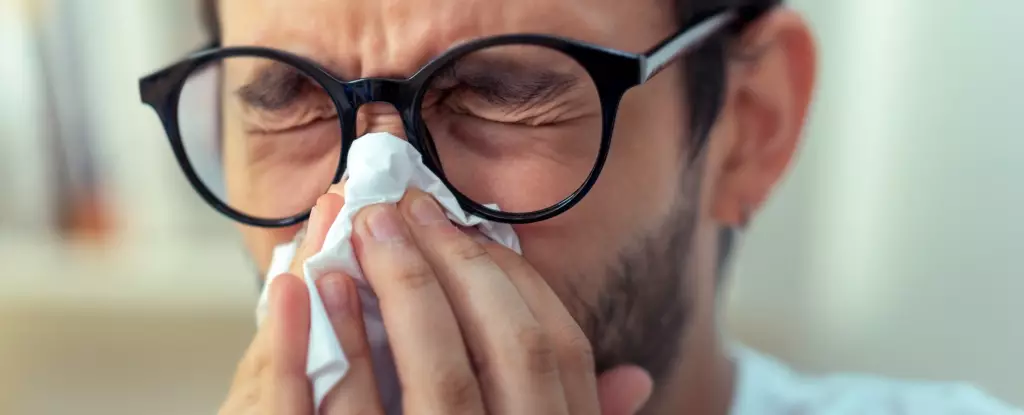Sneezing is a common bodily function that we typically don’t give much thought to. However, recent incidents have shed light on the potentially dangerous consequences that can result from a simple sneeze. A Florida man experienced his bowels bursting through an unhealed wound as a result of sneezing, highlighting the unexpected risks associated with this seemingly harmless act. This article will delve into the various ways in which sneezing can lead to serious injuries and complications, debunking the notion that sneezing is always harmless.
While sneezing is a natural protective mechanism to expel irritants from our respiratory system, it can sometimes lead to severe injuries. Violent sneezing can cause lung herniation, where the lung protrudes through the intercostal muscles between the ribs, particularly in individuals with underlying health conditions. In some cases, sneezing can tear delicate lung tissues, resulting in air escaping into the chest cavity and compressing the lungs. The brain is also vulnerable to injury from sneezing, with reports of subarachnoid hemorrhage and related complications. Additionally, sneezing can raise blood pressure, leading to aortic dissection and other serious vascular injuries. Musculoskeletal injuries, such as fractures around the eye and back injuries, are also potential consequences of forceful sneezing.
Contrary to common belief, holding in a sneeze may not be a safer alternative. In one unfortunate case, a Scottish man suffered a torn windpipe from attempting to suppress a sneeze. By preventing the natural release of pressure generated by a sneeze, internal tissues can absorb the excess energy, resulting in various injuries. Holding in a sneeze can lead to fractures, damage to the larynx, and tears in the chest tissues protecting the lungs. The notion that sneezing with your eyes open can cause them to pop out is simply a myth, as the eyes are well anchored in place and not connected to the respiratory system.
Given the potential risks associated with sneezing, it’s essential to take precautions to mitigate the likelihood of injuries. Strengthening pelvic floor muscles can help prevent urine leakage during sneezing, particularly in individuals with weakened muscles. Maintaining overall respiratory health and avoiding forceful sneezing can reduce the risk of lung-related injuries. Practicing proper sneezing etiquette, such as covering your mouth and nose with a tissue or elbow, can also help minimize the spread of germs while sneezing.
Sneezing, while a common and essential bodily function, can sometimes lead to unexpected and serious consequences. Understanding the potential risks associated with sneezing and taking preventive measures can help mitigate the likelihood of injuries. It’s crucial to be mindful of the forcefulness of sneezes and seek medical attention if you experience persistent pain or unusual symptoms following a sneeze. By raising awareness of the potential dangers of sneezing, we can better protect ourselves and others from unnecessary harm.


Leave a Reply